I once had the pleasure of working with biodynamic agriculturalists. Being new to biodynamic farming (and agriculture at large), I asked “So, what’s the difference between biodynamics and regular agriculture anyway?” — a fair question to which I received an equally fair response.
“Biodynamic agriculture aims to improve the earth we farm to a condition better than we originally came upon it.”
Over the time I worked on this farm, the answer to that question gradually lengthened and provided further explanation. As broad as the answer to my question was, however, that is biodynamics.
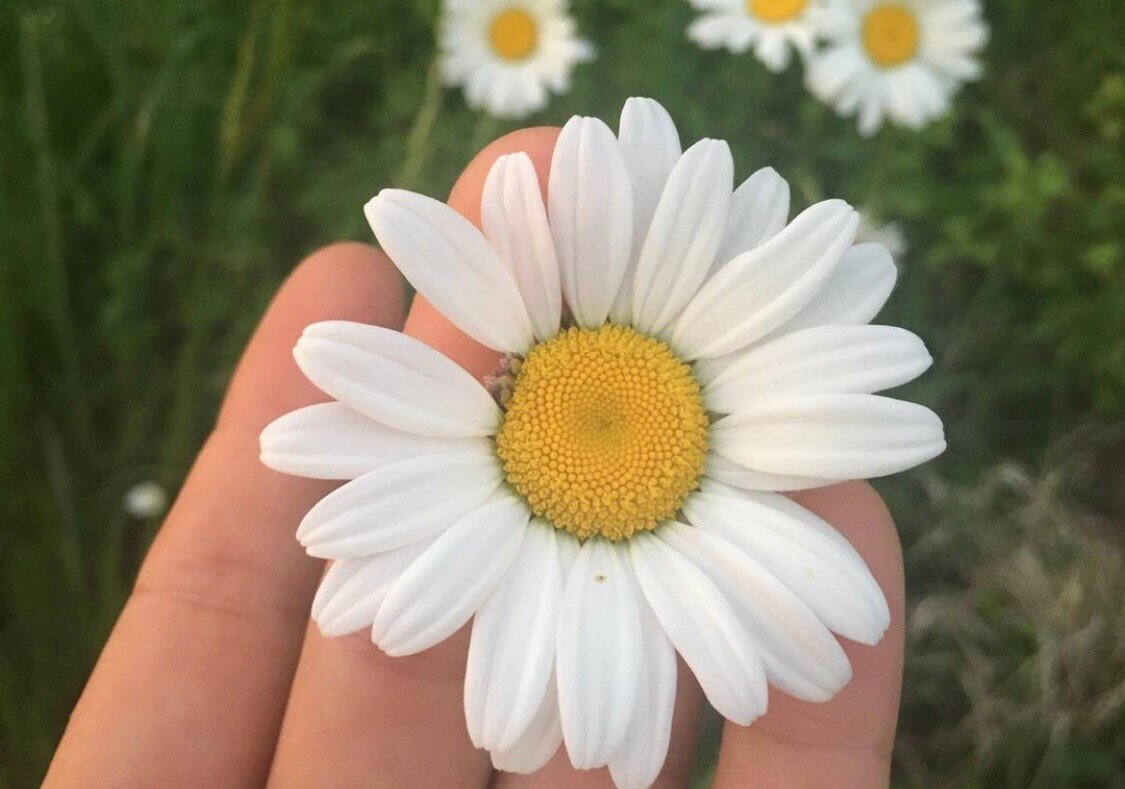
If you look up the definition of biodynamic agriculture, here’s what you’ll find: “… a form of alternative agriculture very similar to organic farming, but it includes various esoteric concepts drawn from the ideas of Rudolf Steiner.” Developed in 1924, it was the first of the organic agriculture movements.
A few questions or clarifications might have developed from the last few paragraphs.
- Who’s Rudolf Steiner?
- What is organic farming?
- What “esoteric concepts” make this different from organic farming?
- How do these concepts improve the land and soil quality?
Now, let’s see if we can answer these common questions about biodynamic farming practices.
Rudolf Steiner

Allow me to start by explaining that people have quite literally devoted years of their lives to studying Rudolf Steiner.
The study of Steiner is extremely esoteric (intended for and likely to be understood by only a small number of individuals with a specialized knowledge/interest). Let the definition serve as a warning that this article is merely an introduction, a simple and easy beginner’s guide to Steiner.
Steiner was an Austrian philosopher who claimed to be clairvoyant (seeing beyond or having psychic abilities). If you’re not familiar with Robin Kimmerer’s book Braiding Sweetgrass (highly recommended), one of the prominent concepts outlined is the idea that science and spirituality go hand in hand.
Steiner was perhaps among one of the first people to mesh these ideas, and advocated heavily for the term he coined “spiritual science.” From this idea, he established the Waldorf Schools, biodynamic agriculture, and anthroposophical medicine.
Steiner created biodynamic farming after a group of farmers sought out his help in 1924. His ideologies around ecologically sustainable agriculture that omits the use of chemical fertilizers and pesticides, rapidly spread around the globe and gave rise to organic agriculture.
Organic Agriculture
Organic farming is an alternative farming practice that has become largely popularized in recent decades. Organic agriculture strives for sustainability and utilizes methods of pest control and soil fertilizers that are ecologically derived rather than the traditional chemical/synthetic pesticides and fertilizers that conventional agriculturalists use.
Ecological pesticides and fertilizers are primarily derived from composting practices that use plant or animal wastes, as well as nitrogen-fixing cover crops.
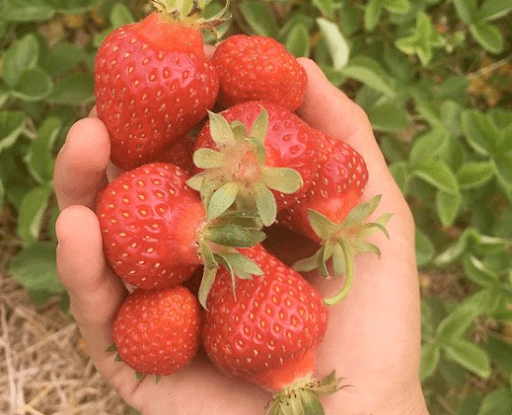
If you’re comparing organic farming to conventional farming, you’ll find that organic farmers, on average, use less pesticides, reduce soil erosion, and recycle more nutrients back to the soil during and after farming the land. Generally, they have higher crop costs to counterbalance increased farming costs and lower crop yields.
Again, that’s a simple and easy beginner’s guide to organic farming. Now that we have a better understanding of what it is and who gave rise to it (Steiner), we can move onto our last questions.
Biodynamic Preparations
Biodynamic agriculture ensures that the soil isn’t being robbed of its nutrients but is instead, enriched so the overall quality and life span of the farmed land is increased. This result can be achieved in a variety of ways, which may include composting, planting native flowers to help enhance local pollination, and applying biodynamic preparations (aka esoteric concepts).
I was able to take part in a variety of biodynamic preparations while working on this farm, and the following is one of them.
Silica Mixture: A Biodynamic Preparation
First, I need to explain yet another aspect of biodynamic farming: Seeding, planting, weeding, and harvesting schedules are all done according to the timing of lunar and planetary cycles.
Why you may ask? Because it is believed in the biodynamic community that the planetary cycles directly influence plant growth. Therefore, certain days of the month are better for sowing root crops as opposed to leaf crops (carrots versus lettuce) and so on.
Scientifically speaking, the cycles of the moon affect the tides and animal behaviors. why would they not also affect plant and food growth?
Once every few months, when there’s a specific planetary alignment, a silica and water mixture (often referred to as a biodynamic preparation) is applied to crops that have been outplanted. Here are the steps to this preparation.
1. Gather Your Materials
Grab a 5-gallon bucket and fill it three-quarters of the way with water and a pinch of ground silica.
2. Stir the Mixture
Stir the mixture by hand for one hour, taking turns between stirring counterclockwise and clockwise, and taking care to dramatically change direction to allow for the most disturbance of water and highest input of oxygen. Stirring for an hour allows the maximum amount of oxygen to be added to the water, as well as the silica to be evenly mixed throughout. Spiritually perceptive people claim to physically experience a lower sacral sensation when the quartz has been completely mixed into the water.
3. Apply to Crops
Immediately following the mixing process, fill a backpack sprayer and apply to appropriate crops. It must be applied in the morning, when there’s still dew on the plants. Avoid young crops that have not yet been outplanted, as well as flowering and fruiting crops. The mixture can act as a magnifying glass and burn crops at these sensitive stages.
Why this weirdly specific process, you may be wondering? The planetary alignment and the silica mixture and said to help the crops to grow bigger and stronger while simultaneously absorbing more nutrients from the soil, yielding higher nutritional content in the plants being grown. The runoff of silica further acts as an ecological fertilizer.
Horn Silica: A Biodynamic Preparation
Interestingly enough, typically, the silica which is used in the preparation I just described undergoes a specific biodynamic process before it’s ready to be used! Even more interestingly, this process involves a cow horn and a burial over the summer months!
Okay, at this point you might be wide-eyed wondering something along the lines of “cow horns? burials? what?” — again, it’s an esoteric concept, and I can only provide a minimal explanation.
The silica is packed inside of a cow horn and then buried on a specific night (in relation to planetary alignments) and left over the summer months, essentially to super-charge its properties and make it more effective in the silica spray application previously mentioned (i.e. increase crop immunity, photosynthesis capabilities, and boost ripening). You can learn more about this biodynamic farming preparation at Demeter USA.
Composting: A Biodynamic Preparation
Compost mixtures are a normal part of many agricultural productions. Usually, compost is created by layering dead/brown (carbon-rich) materials and live/green (nitrogen-rich) materials, and adding small amounts of water, and possibly other materials such as charcoal or animal manure for additional nutrients. At the correct ratios, a chemical reaction will take place, heating the pile from within, and therefore, accelerating the decomposition process to create compost (soil).
As with many operations in biodynamic farming, there’s a few extra steps taken in this process, and therefore, a bit of extra love and care. In compost preparations, select herbs are added to the compost at different times during the decomposition process in order to promote better fungal growth and increased nutrition. These herbs may include yarrow, dandelion, chamomile, stinging nettle, oak bark, and/or valerian.
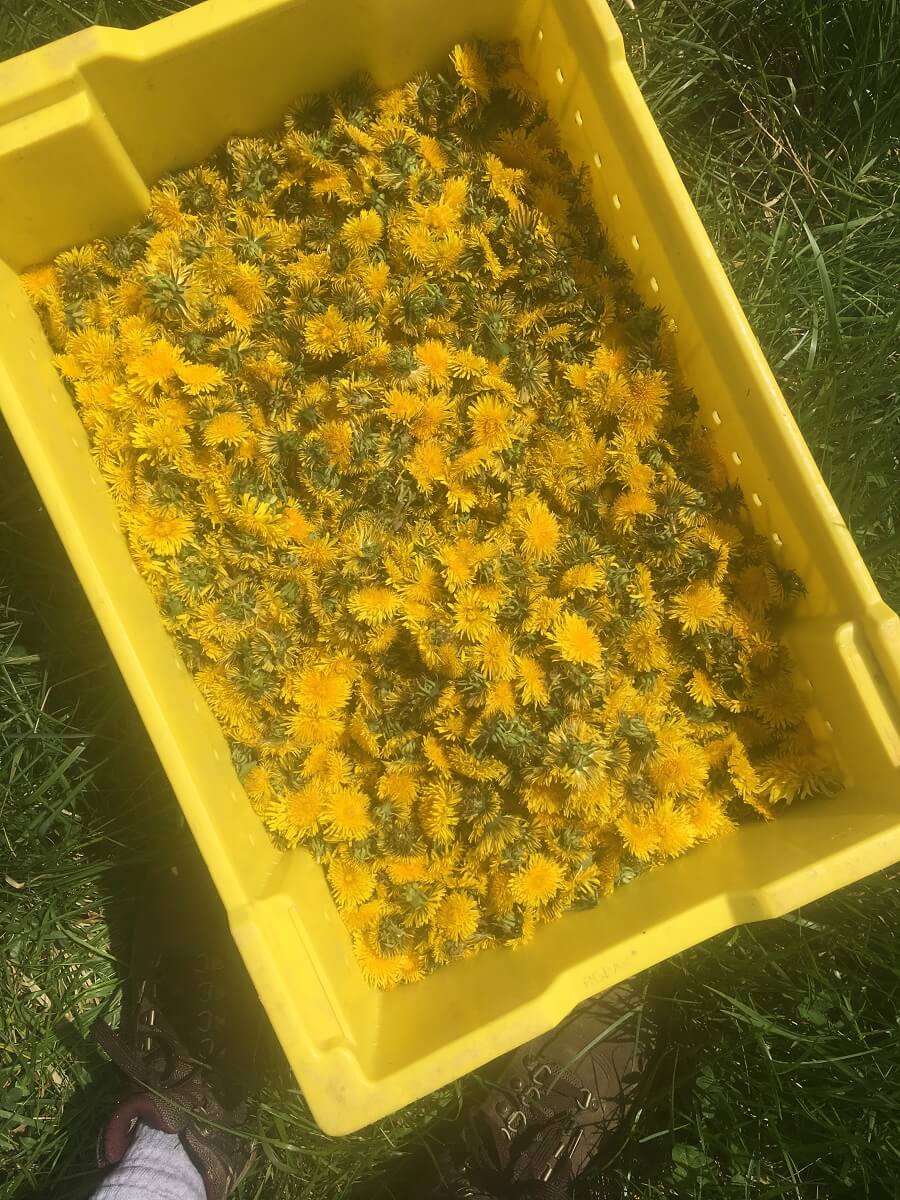
Each herb is harvested and prepared differently. For example, dandelion is harvested after the flower has matured, but not yet gone to seed. Immature flower heads will only have ray florets present, whereas mature flowers will have an emerging seed head coming from the middle of the flower head (this can be seen better by close inspection of the picture below, which shows a collection of dandelion heads used for this biodynamic preparation).
The harvested dandelion is then dried, and added to the compost pile at the beginning of its creation, and again towards the end, just before the compost is ready to be used.
Related Post: 32,000 Years and Counting: Re-Seeding the World’s Oldest Plant
Science and Spirituality – One and the Same
This leads me into Steiner’s ideology of spiritual science. He believed the act of doing these intensely specific preparation processes displayed immense love and respect to the land, and therefore, the “non-physical beings” and “elemental forces” that inhabit the land.
His spiritual clairvoyance consisted of believing that everything to be found in the garden (stones, different plant species, insect life, mammals, etcetera) had an elemental being (energetic life source) associated with it, and if you treat the land with respect, they would likewise do the same for you, and the land in return would benefit.
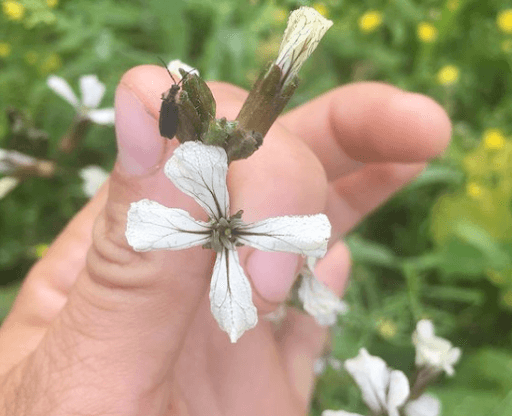
The biodynamic agriculturalists I worked with had many stories and experiences of interacting with these elemental beings in the fields.
Biodynamic agriculturalists strive for total sustainability, being able to harvest their own seeds, support native pollinators, create compost, and raise livestock. They see the farm as an entire organism, rather than individual parts functioning separately. If one part of the farm is sick, they believe it is because there is an imbalance existing elsewhere in the farm causing the sickness.
Personal Thoughts on Biodynamic Practices
From my observations and understanding, biodynamic farmers who adhere to biodynamic principles do so because they love and respect the land on which they grow their crops, and have a spiritual connection with it.
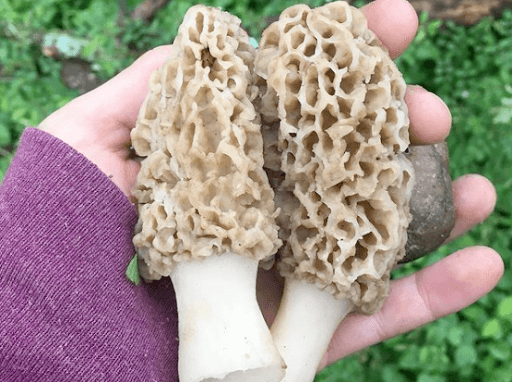
They want the land to thrive with or without their use of it. It is similar to organic farming in that it uses the same methods for pesticides and fertilizers, but it goes beyond this practice to incorporate more obscure ideologies and spiritual concepts into farming processes.
Resources to Learn More About Biodynamic Farming
- What Is Biodynamics?, Biodynamic Association
- Biodynamic Certification Marks (DEMETER Association Certification), DEMETER International
- National Organic Program, United States Department of Agriculture
- Biodynamic Compost Preparations, Biodynamic Association
- Biodynamic Products, Biodynamic Association
- What is Biodynamic Wine?, Firstleaf
Today’s homestead story covers biodynamic farming and agriculture. It is an introduction to biodynamics in terms of what it is, how it started, and why farmers choose this farming style. This story includes personal accounts from Elizabeth about her time working on a biodynamic farm in Pennsylvania.




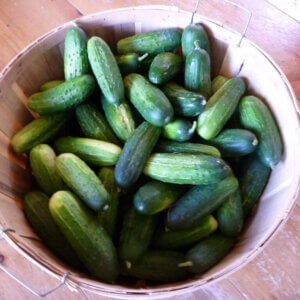
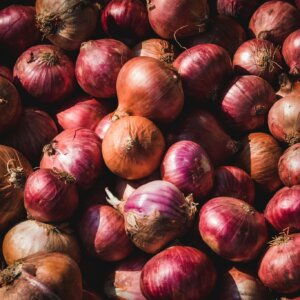



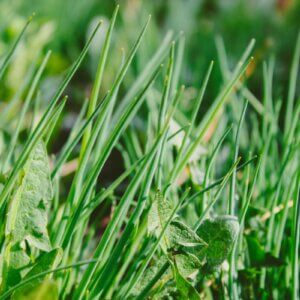

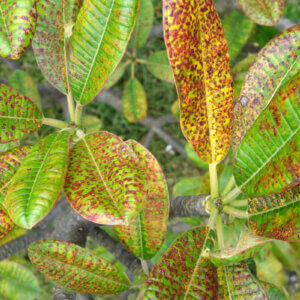



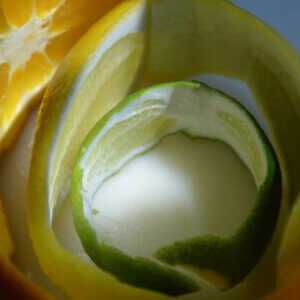

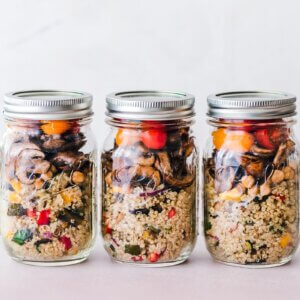

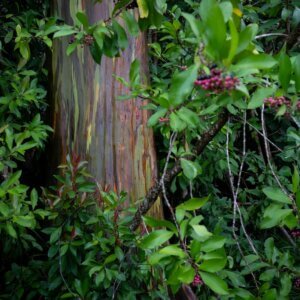
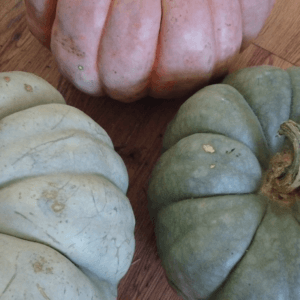

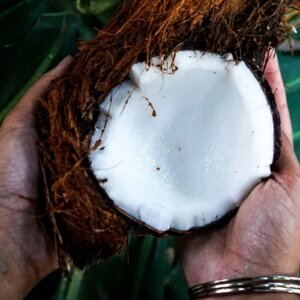

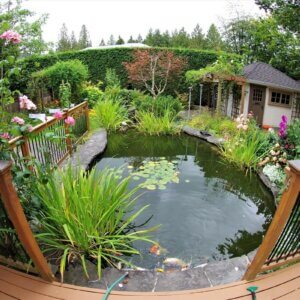
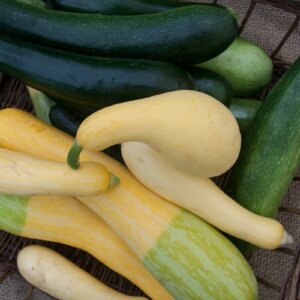

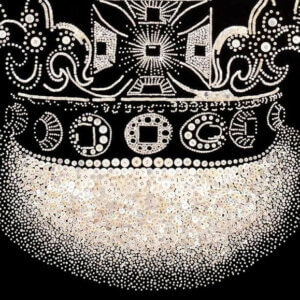

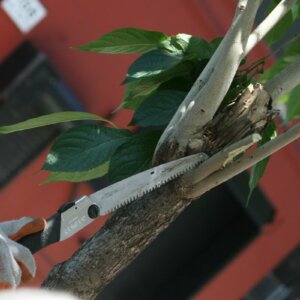

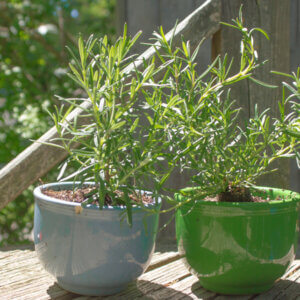
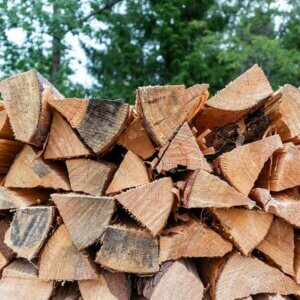


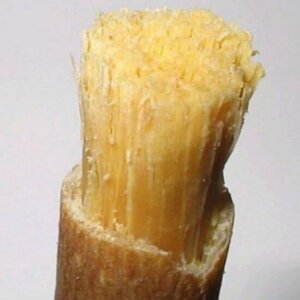



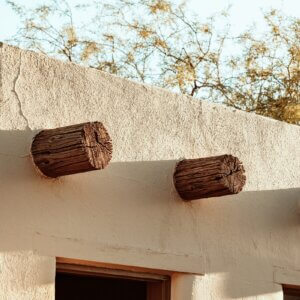

I hear copper gardening tool will help plants grow better and also wrapping a stick with a copper wire and stick it into the soil like an antenna and plants will grow 3x bigger. Elevatecultivate.com